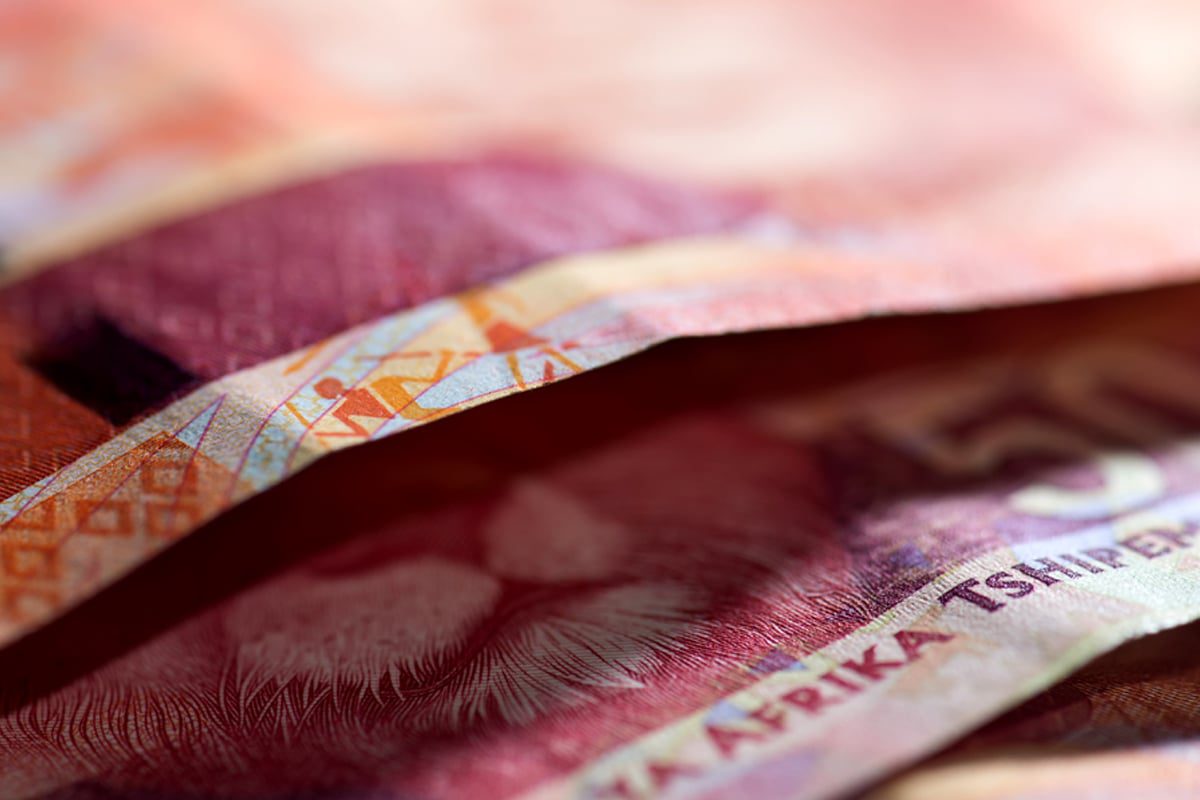Global Courant 2023-05-11 11:30:13
South Africans are increasingly turning to credit to make ends meet each month, says financial services firm DebtBusters.
Benay Sager, the head of the group, said the company’s latest Q1 2023 Debt Index showed that consumers supplement their monthly income with unsecured credit and personal loans – they use them as a lifeline.
He added that in the first three months of this year 40% more people are seeking debt counseling than last year. Of these, 96% had a personal loan that they were repaying.
Sager said this trend is likely to continue for the remainder of the year as the full impact of successive rate hikes and increased inflation is still being felt in the broader economy, lagging behind in its implementation.
DebtBusters illustrated the heavy pressure consumers face by comparing the financial data of consumers who applied for debt counseling in the first quarter of 2023 with that of 2016.
The group found that consumers have 38% less purchasing power than they did seven years ago, as inflation has reached 40%.
DebtBusters also found that consumers need to spend about 65% of their take-home pay to pay off their debts.
“Those who take home R20,000 or more per month must use 70% of their income to pay back debt.”
StatsSA’s latest quarterly employment survey states that the average salary in South Africa is R26,032 per month. According to the University of Cape Town’s Liberty Institute of Strategic Marketing, earning around R22,000 is a middle-class household.
DebtBusters expressed concern about high levels of unsecured debt, with an average increase of 30% since 2016; however, for people who took home more than R20,000, it was 67%.
“Although the volume of unsecured loans had decreased by 13% since 2016, the average size of loans had grown by 34%. This indicates that while credit risk appetite has not returned to pre-pandemic levels, larger loans were extended to the same number of consumers,” the group said.
The chart below illustrates the debt-to-net income ratio for different income classes:
The main sources of debt for consumers remain large assets, including bond redemptions and vehicle asset financing.
DebtBusters said that from the second quarter of 2020, average bond and vehicle financing interest rates began to fall, thanks to multiple rate cuts by the South African Reserve Bank (SARB).
This has prompted many consumers to buy vehicles and homes at attractive interest rates, according to DebtBusters.
“As interest rates began to rise in late 2021, these consumers began to feel the growing burden of servicing asset-related debt: the average bond interest rate went from 8.3% in Q4 2020 to 11.4% in Q1 2023, and more assets debt has been restructured during this period as part of debt relief,” the group noted.
The pain is not over for middle-class South Africans, with the South African Reserve Bank expecting analysts and economics to raise interest rates again this month to try and cool stubbornly high inflation.
The most recent decision by the SARB’s Monetary Policy Committee (MPC), in late March, saw a surprise move to raise interest rates by 50 basis points. This increase brought the repo rate to 7.75% and the prime lending rate to 11.25% – a 14-year record.
Read: Rand drops to 3-year low








